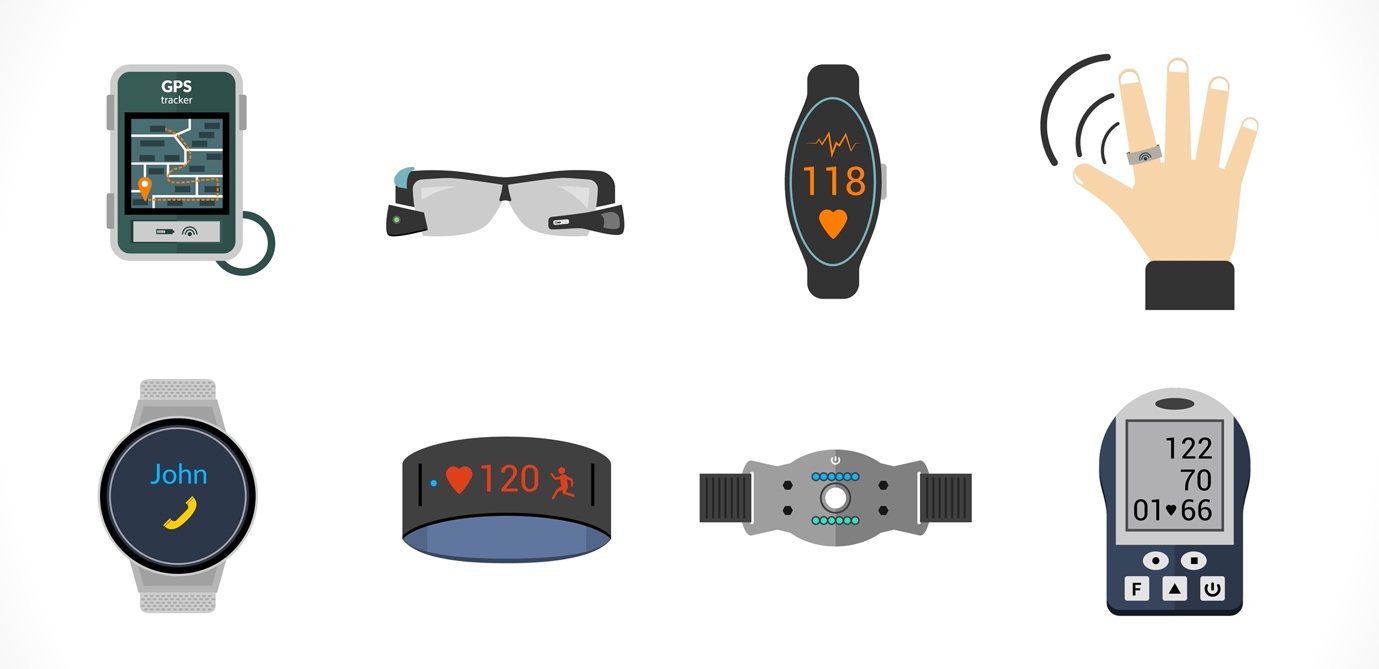We all know solar energy has been around for a long time now. But in recent years, there has been an explosion of new technological advances in the solar industry, some of them completely new, some of them built over decades of advancements and figuring things out.
What this means is that right now we are on the cusp of changing how we collect, store, transmit, and use solar energy on a grand scale. While other forms of energy are also seeing growth, none of them are seeing quite the expansion that solar is, and with innovations all the time, there is no chance of that slowing down.
We’ll outline a few advancements that are noteworthy right now and how they are changing the renewable energy landscape.
Hetero-Junction Technology
What this is, is a technology that began being developed in the ’80s and has only just recently become a standout that is poised to replace the current solar energy collection method of choice. Hetero-Junction Technology is the combination of several membranes of solar energy-absorbing materials, in this case, various layers of silicon, that collect the solar energy, process it into electricity, and a final layer that improves efficiency by collecting leftover residual solar energy that can be used as well.
This is drastically improving the way that solar is being collected, the rate it is collected, and how much can be gained from each panel. This could make solar installations much more energy efficient.
Microinverters
With each product generation that passes, each new batch of microinverters is becoming more and more powerful and able to draw more and more electricity out of each solar panel.
Microinverters are tiny chips attached to each individual solar panel instead of one at the base of the array, that optimize the flow of energy from the solar panel. This means that even solar panels in cloudy or shaded areas can have optimized output. A microinverter is able to optimize the output of an individual panel without disturbing the output of the other panels in the same array. This is the opposite of old-style string inverters which attach to the base of the array and optimize the performance of the entire array based on the poorest performing panel. This method leads to diminishing returns.
Home Solar Systems
Homeowners are starting to take notice of the fact that home solar energy systems are starting to get a lot cheaper. Not only that, battery technology and conversion technology have advanced to the point where traditional homeowners can now offset large portions of their electric bills by installing a home solar system.
What’s particularly interesting is that highly efficient homes are actually able to generate enough power to cancel out their electric bill and return some energy to the power grid. Many folks are now simply waiting on power grid technology to catch up with the potential for solar.
We hope these innovations we’ve shown you have helped to change the way you think about solar and renewable energy as a whole.









